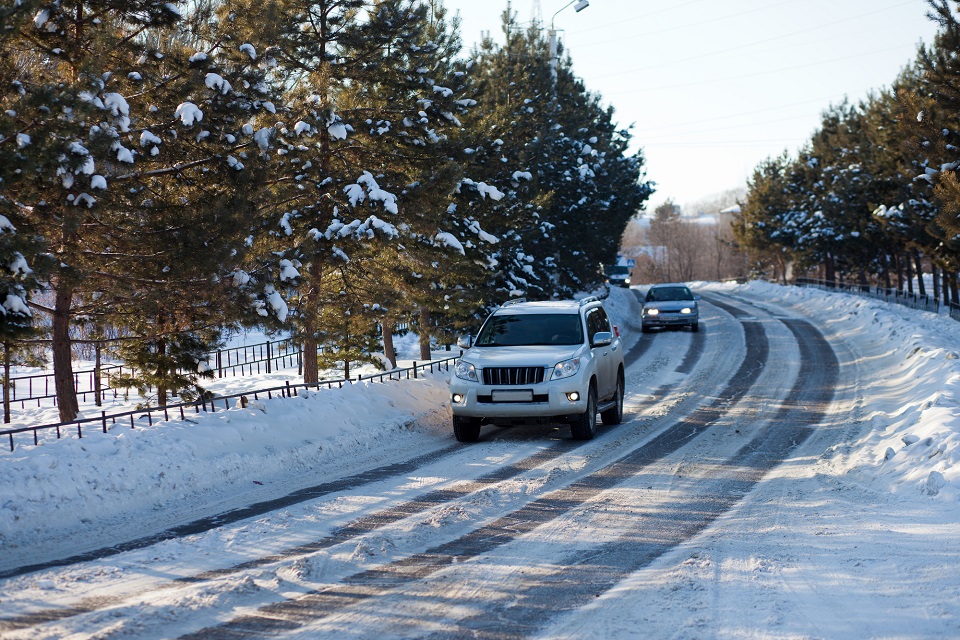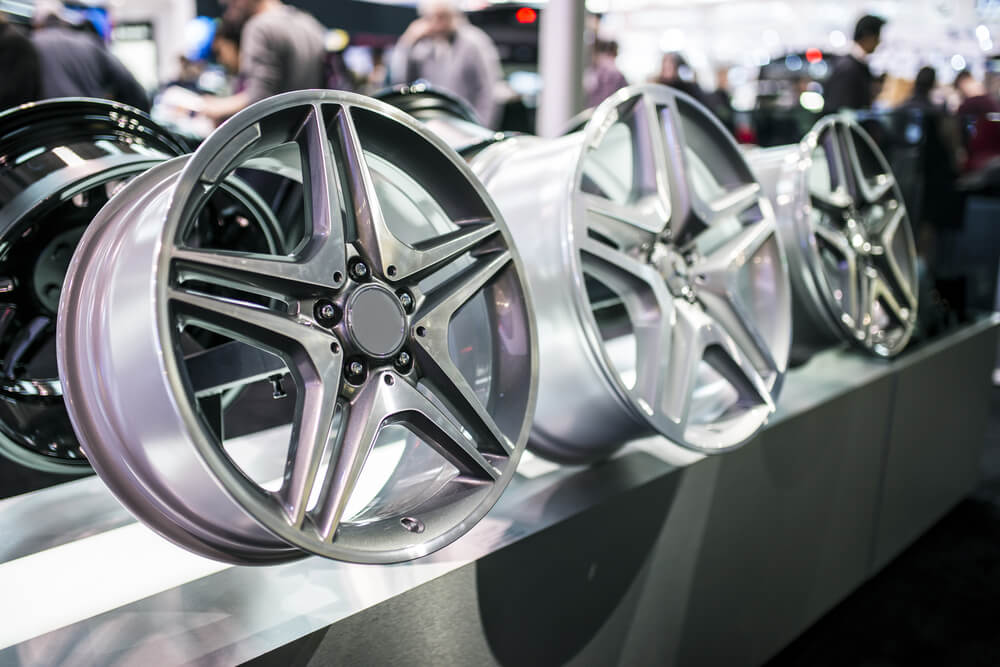
They may look stylish and may increase handling and cornering grip, but is it really a good idea to get those larger tires for your car? A lot of car owners today are making that switch from 14 inch tires to 17 inch tires and larger, mostly for the style factor that it brings to their vehicle. But there’s a lot more you need to consider when it comes to plus-sizing your wheels. Take a look at these crucial factors before you opt to upsize your wheels:
1. Risks

Plus-sizing not only affects the way your vehicle looks, it will also greatly affect the way it performs. While larger wheels may increase performance in handling, dry cornering and braking, it significantly decreases ride comfort and performance on snow and wet surfaces. The shorter sidewalls on large wheels also mean less cushioning and increased risk of damage from potholes and curbs. If you drive on varying surfaces and conditions, upsizing may not be the best choice.
2. Price
Plus-sizing can set you back at least $1,000 for four wheels that are just an inch larger; if you opt for the largest plus-sizes you could be looking at $5,000 or more in costs. If you’re willing to spend that much, make sure you get your money’s worth in tire performance.
3. Size
To get the most value out of plus-sizing, you need to get the best performance. And when it comes to performance, size matters.
Most performance tests indicate that moving up by one size (plus one inch in diameter) offers the best benefit in overall performance. More than that and the benefits decrease while the losses in ride comfort, snow traction and hydroplaning resistance increase.
If you’re determined to go higher, just remember that for every 1 inch increase in diameter, you need at least a 10 millimeter increase in width and a decrease in sidewall height by 5 to 10 percent. You also need to follow the recommended inflation pressure, and ensure that the speed and load ratings are at least as high as your original tires.
4. Rims

Many retailers sell rims and tires as a set. These are great options; however, you need to take note of a few things:
- Make sure that they are specifically made for your vehicle. Holes should line up precisely and lug nuts or bolts should not come loose or have added stress. They should also have the correct offset for your car, which is the distance between the wheel’s centerline and hub-mounting surface.
- Have someone experienced in plus-sizing install the rims and tires to avoid damage.
- Get a return guarantee for any damage to the wheels, including damage incurred during shipping.
- Have the lug-nuts or bolts tightened by hand, not by impact wrench. Make sure to follow specified torque specs and to recheck torque after the initial 100 miles.
Plus-sizing your wheels can be a great upgrade for your car, but you have to think it through. By making sure you get the right plus-sized wheels, you ensure the best performance, longevity and resulting value for money.